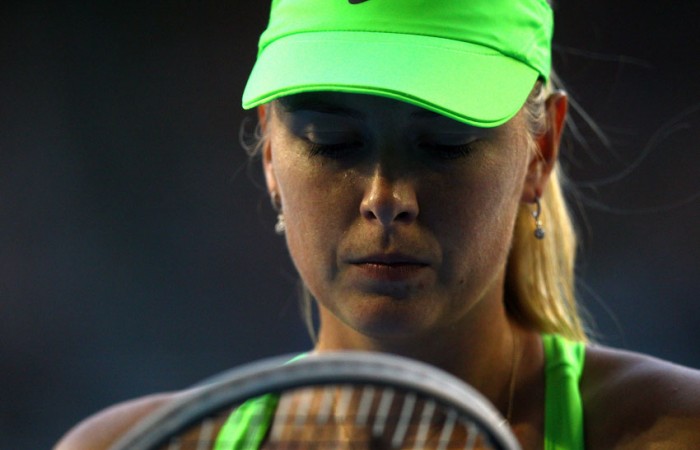How to visualise your victory
Visualising exactly how you want to play a shot or see a match unfold instils belief, reduces anxiety and focuses concentration, aiding your on-court performance.
Melbourne, Australia, 6 July 2013 | Dr Andrew Peden | Australian Tennis Magazine

Visualisation is the creation or re-creation of an experience in the mind, which involves drawing upon the memory of a previous event in order to mentally practice events that have yet to occur – such as the serve you’re about to make, the return you’re about to hit, or even future matches you want to win.
Also known as ‘mental imagery’, ‘guided imagery’, ‘mental rehearsal’ or ‘meditation’, visualisation reduces anxiety, focuses concentration, improves confidence by instilling belief that you can make a shot, and helps with problem solving.
Scientific evidence has shown that visualisation training can enhance performance in a whole range of sports – especially tennis.
Through repetition and practice, visualisation skills are best developed when included as part of general training sessions, and employed during breaks in matches. Because it is easier to practice new skills in a more relaxed state away from the high arousal and stressful demands of competition, it is best at first to practice visualisation away from the tennis court.
On court, one of the most appropriate and helpful ways to use visualisation is before a serve or before a return of serve, when the waiting time is longer. You can visualise:
Just as you might repeatedly practice a weak backhand or volley, you can visualise shots you need to improve – a particularly helpful skill to use in slow motion. The pros often play an ‘air shot’ when they have made a mistake on court, a way of replaying the shot in their mind, this time hitting the ball correctly.
1) Close your eyes and breathe deeply. Imagine yourself becoming more relaxed with every breath you take.
2) Imagine arriving on court. Notice everything around you – the colour of the playing surface, the seats around the court, the net, the umpire’s chair. Hear the sound of other people playing, the thud of tennis balls in the background. Feel the air and the warmth of the sun on your face. Notice how you feel inside your body – perhaps a tingly, excited feeling.
3) Imagine yourself warming-up, stretching, jogging, moving slowly and steadily about the court.
4) Imagine the feel of the racquet in your hand, the movement of your arm, legs and body. Imagine hitting the ball and the ball going exactly where you want it to go.
5) Imagine yourself talking positively and making positive self-statements such as, “I am playing really well. I feel strong.”
6) Imagine the match beginning. Imagine your serve as you bounce the ball, take a breath, toss the ball up high, swing, connect with the ball and hit it exactly where you aimed.
7) Imagine a short rally as you move freely about the court, on your toes all of the time, breathing easily and steadily as the ball goes exactly where you aimed. You are completely in control.
1) Imagine yourself standing at the baseline. Your opponent is at the other side of the net, ready to receive your serve.
2) Imagine yourself preparing to serve. Visualise yourself bouncing the ball until you are relaxed and ready. Breathe deeply, from the stomach.
3) Imagine the toss: high, smooth, just in front of you.
4) Imagine the swing as you take the racquet behind your back and then up and out in front of you.
5) Imagine making a perfect connection with the ball as your body, arm and racquet are in alignment.
6) Hear the sound of the ball hitting the strings and the whoosh as the ball rushes through the air landing in the exact perfect spot you had imagined.
7) See your opponent rooted to the spot as the ball screams past them.
Dr Andrew Peden is a chartered psychologist and Associate Fellow of the British Psychological Society and author of the book, Managing Performance Anxiety in Tennis.
For more tips from the experts on how to improve your game, check out the latest edition of Australian Tennis Magazine.